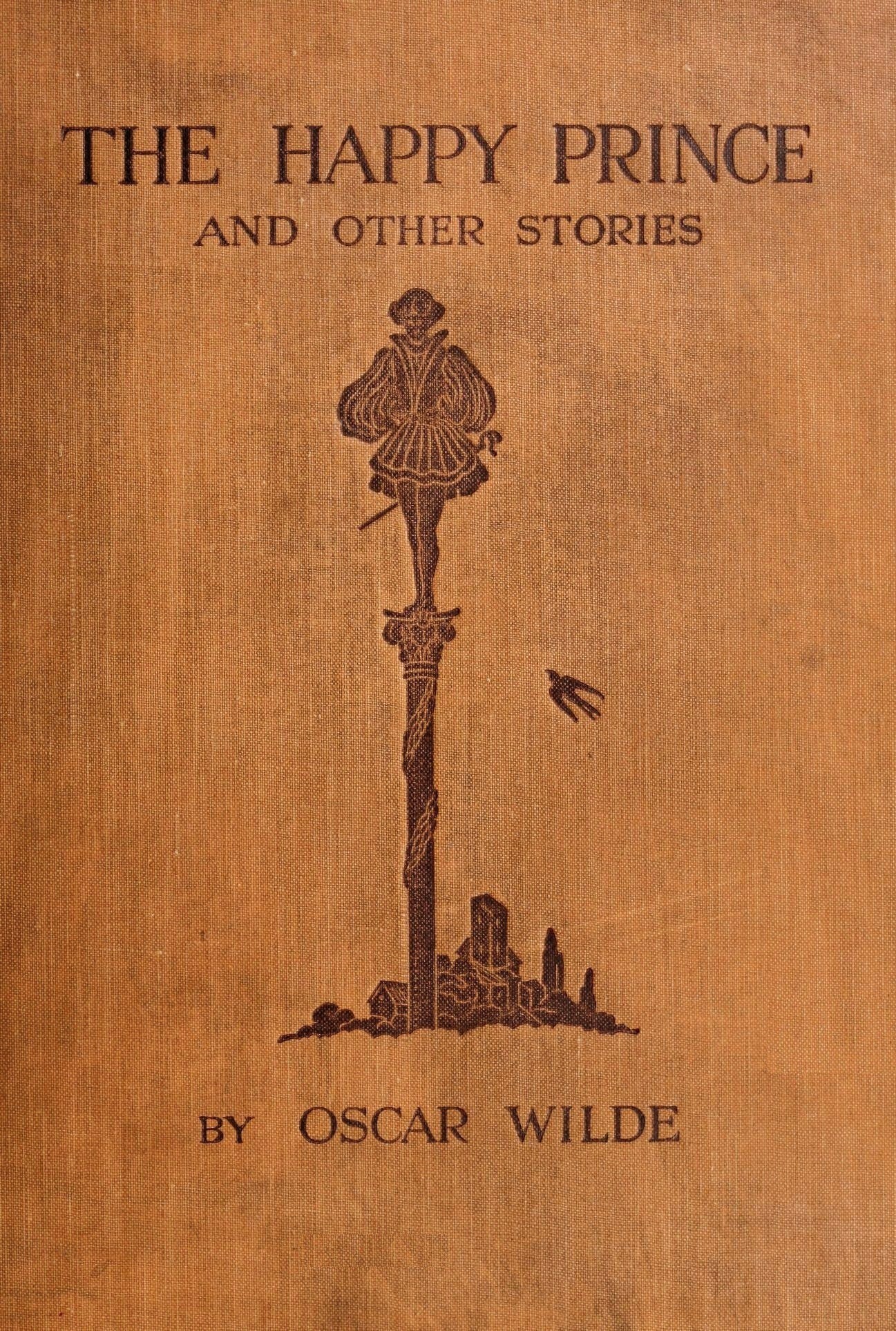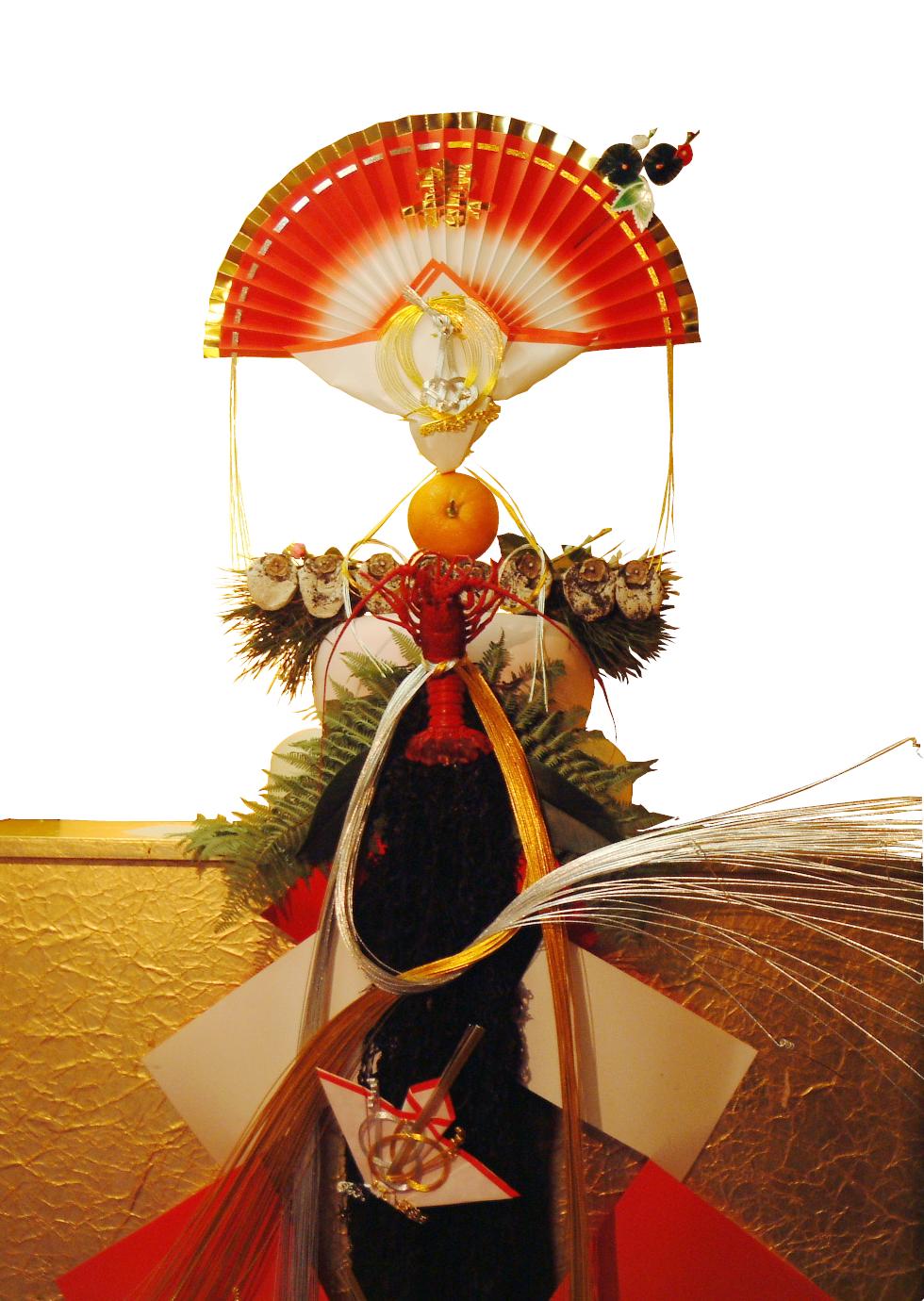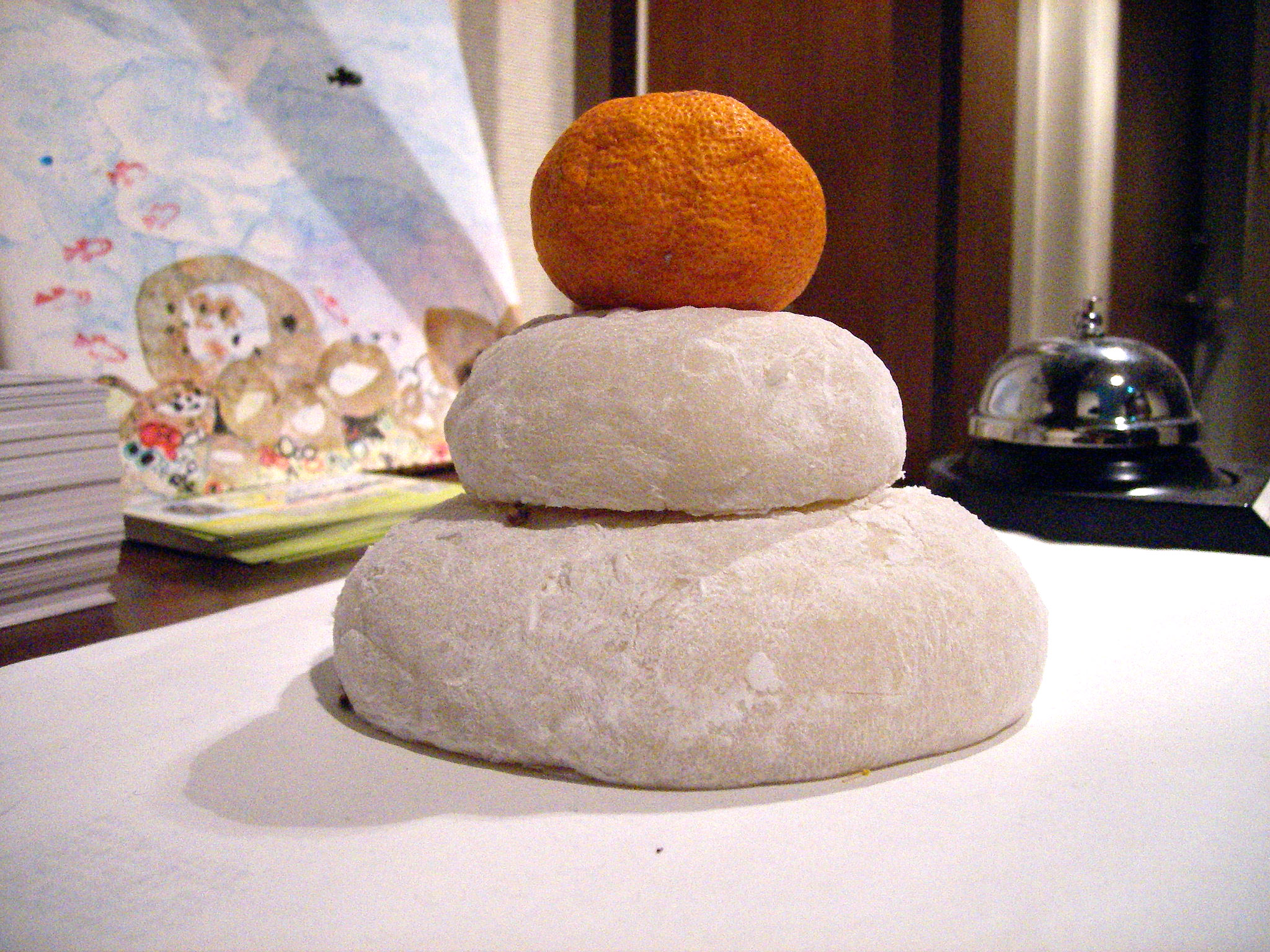This time we will focus on a personal guilty pleasure of mine, Meiji era textiles in the west, specifically in Britain. I know I said Kara-Ori, but I wanted to work on this one now. So I did. The linked kimono in question (see [1]) being the Indigo Kimono acquired by the V&A in 1891 from Liberty's department store. This particular Kimono has a pattern of 'birds' which may have likely been the Diving Swallow motif popular with the Aesthetics Movement (1868-1900).
The pattern of embroidered water, bamboo and swallows are all said to bring auspicious luck to its wearer. There are also what seems to be some kind of bird, maybe the diving swallow (it certainly does not resemble a plover, which are normally more rounded) which looks like another perhaps western hand helped out. The diving swallow was a popular 'Far Eastern' motif during the 1890s at the time under the Japan Cult which was popular between from 1862 on in the design world, and from 1870-1910 on with the general public in and on domestic arts.
The diving swallow originates as a motif found in Chinese Art, recognisable for its distinctive tail feathers. It seems to have originated in the Ming dynasty in Beijing as a motif of good luck because swallows appearing meant that they had left their nest in the crevices of Beijings many ornate roof architecture and that spring was coming. Think Pagodas. Then also think how Snowdrop flowers relate to the coming of spring sort of thing.[2]
Historically this kimono was made in the second half of the 19th century, most likrly assembled in Japan and perhaps either made for the Western market, or was embroidered by a Western sewer later on. Either way, this Kimono was on sale in Liberties by 1891, eventually landing in the Japan collection of the Victoria and Albert Museum. The acquisition was no doubt influenced by the tea gown craze which saw kimono repurposed as overmantles for teagowns from 1890 to 1910.[3] The dress reform movement, coinciding with the late aesthetic movement, also saw the Kimono as part of a wider reform of women's dress into more open and less form fitting garments, and would have also influenced how dress reform with its baggy oversized styles became part of the fashionable 1890s and Edwardian silhouette.[1][3]
Returning to the diving swallow motif though as we see was used first in China during the Ming dynasty, moving onto Japan by the Kambun period into Art, and then eventually into the Aesthetics movement by around the 1880s in Britain. For a wider discussion of how Japan influenced British art, see Essay #7, and the Anglo-Japanese style (1855-1930).
This particular kimono is not to my taste I must admit, it is more like one of those ugly buildings we conserve becuase it was distinctively important for its progression to the history of dress as a pivotal feature piece. I do love it though, becuase it distinctly allows us to see that Kimono were sold in Britain during the Meiji period and how and why Kimono were recieved as they were. It lets us know they were regarded as fashionable items, worn by wealthy ladies who shopped in department stores, also places which unwittingly promoted womens suffrage when women went there 'to shop'; organise protests and talk about suffrage over tea; and how they were a part of Victorian society in whatever capacity. The Kimono's most recent venture out was for the mostly virtual Kyoto to Catwalk Exhibition in 2020.[1]
Bibliography
[1] https://collections.vam.ac.uk/item/O87849/kimono/
[2] https://www.chinasage.info/symbols/birds.htm#XLXLSymSwallow
[3] See Essay #6
Social Links
One stop Link shop: https://linktr.ee/Kaguyaschest
https://www.etsy.com/uk/shop/KaguyasChest?ref=seller-platform-mcnav or https://www.instagram.com/kaguyaschest/ or https://www.youtube.com/channel/UC5APstTPbC9IExwar3ViTZw https://www.pinterest.co.uk/LuckyMangaka/hrh-kit-of-the-suke/

_or_later_-_Swallow_on_Flowering_Peach_Branch_-_1941.287_-_Cleveland_Museum_of_Art.jpg)




